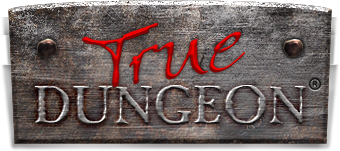Josh M. wrote: I think we're looking at this from very different perspectives. I'm looking at this as a consumer. Cost of the transmute should, in theory, equal the utility I get from the transmute. I don't make my token decisions based on the good or ill it will do TDHQ. I like True Dungeon, and I did increase my spend during the pandemic because I wanted to help them stay afloat. But I'm their customer, I spend my money to get value back for myself. Money I spend on tokens is to increase the fun I have on runs, and a sense of satisfaction in my collection. If the cost to me to transmute an item is higher than what I get from the item, why would I transmute it? The Kilt had arguably the lowest utility of any of the eldritch items, so it made sense for it to be cheapest. I wouldn't pay for the kilt anywhere near what I'd pay for the Boots. I imagine most consumers make their decisions much closer to where I make them than make them based on what it'll do to the macro trade good balance in the community.
This is a feedback thread on the presented recipes though - so our feedback needs to include looking at it from the perspective of TD.
Questions I think we should be asking (but can't be sure without guidance)
Is this token more desirable than existing slot options?
a. If yes, does this recipe maximize the amount of trade goods for its perceived slot value?
b. If no, does the final price encourage creation by being less expensive than more desirable options, but more expensive than lesser options?
Do the full set of transmutes reasonably map to a specific purchase price? For example, can any of the relics reasonably be made from the desired X size purchase. Can the legendaries be made from Y size purchase.
Do the transmute ingredients match the role playing components for creation? For example, does a weapon use sufficient amounts of Steel, Bismuth, and Argonite, while does a cloak use sufficient amounts of Silk and Hide?
Is it intended for the transmute to address potential imbalances in the outstanding trade good pool? If yes, does it adequately include over supplied item X while containing minimal under supplied item Y.





